Learn how Deep Science Ventures’ zero-data approach tackles biotech’s early funding challenges to speed innovation and reduce risk.
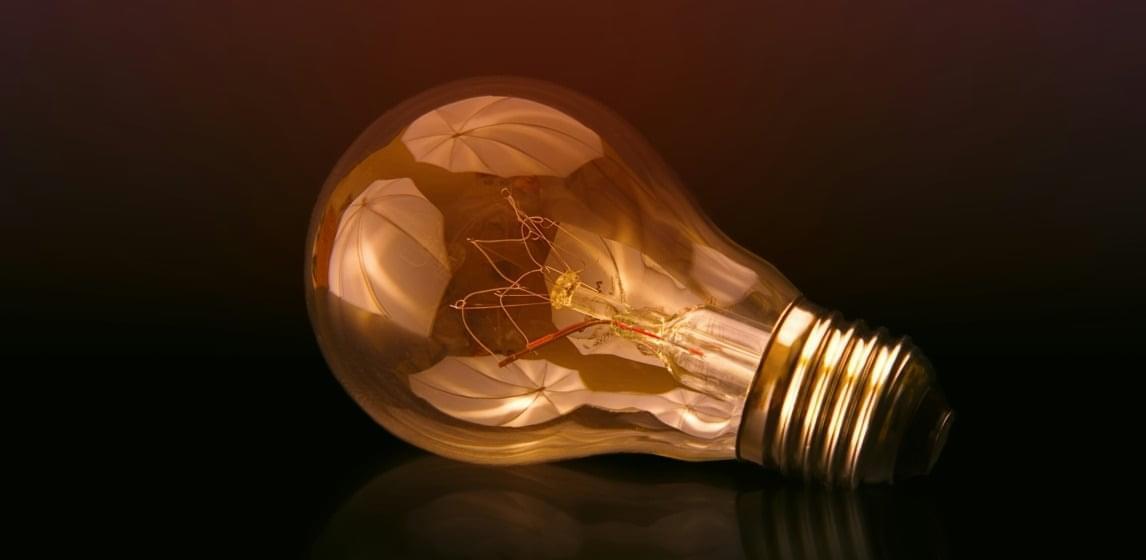


Apple Inc. has lost its fourth AI researcher in a month to Meta Platforms Inc., marking the latest setback to the iPhone maker’s artificial intelligence efforts.
Bowen Zhang, a key multimodal AI researcher at Apple, left the company on Friday and is set to join Meta’s recently formed superintelligence team, according to people familiar with the matter. Zhang was part of the Apple foundation models group, or AFM, which built the core technology behind the company’s AI platform.
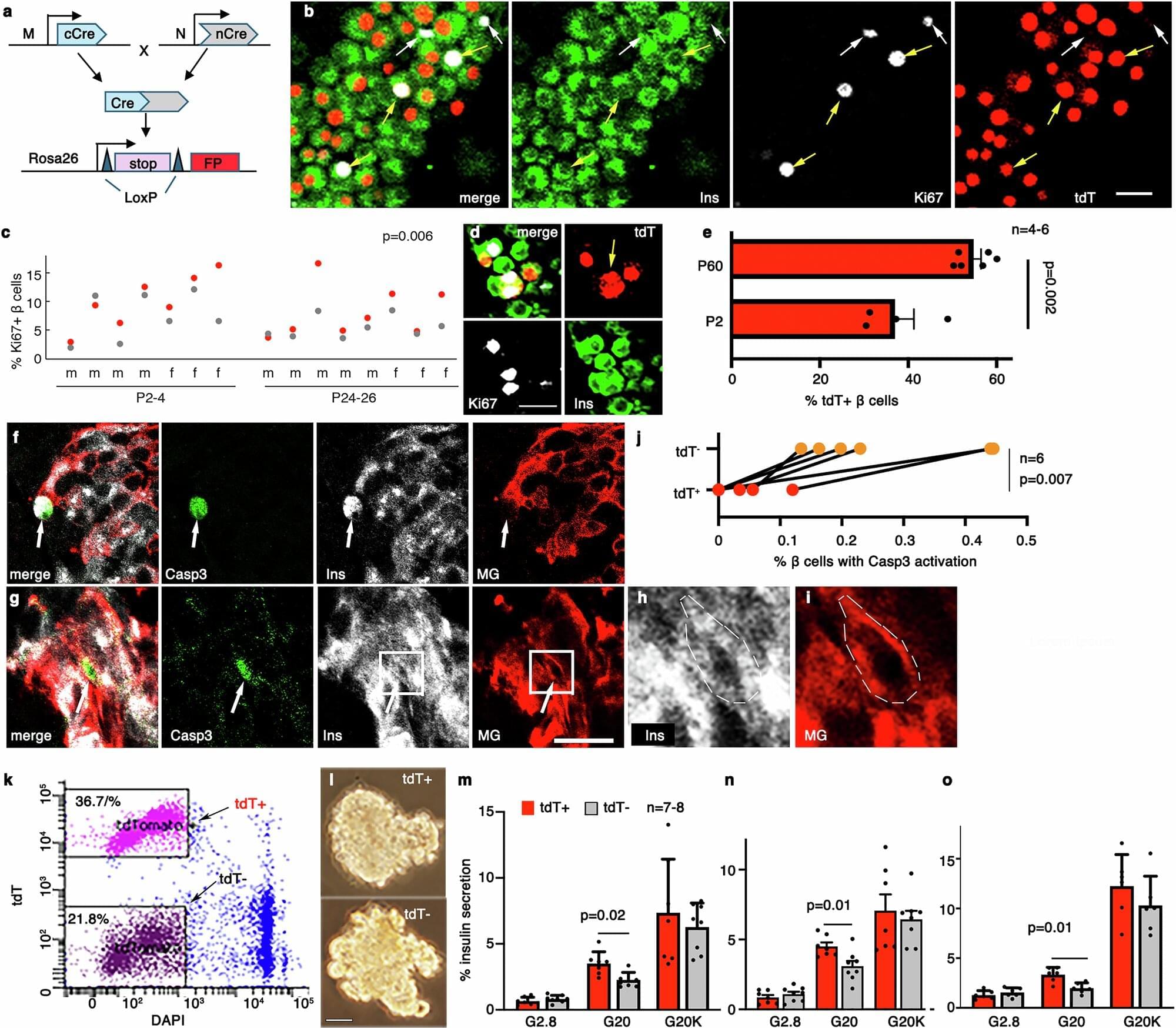
If it has seemed like more people you know are developing diabetes, you are right. The diabetes epidemic is not called an epidemic for nothing: According to the American Diabetes Association, over 10% of the U.S. population—approximately 38.4 million people—had diabetes in 2021, and 1.2 million more people get diagnosed each year.
Type 2 diabetes occurs when your body develops a resistance to insulin, the hormone that helps regulate glucose levels in your blood. Insulin is secreted by pancreatic cells called β-cells, and in T2D, they ramp up insulin production to try to regulate blood glucose levels, but even that is insufficient and the β-cells eventually become exhausted over time. Thanks to their importance, the functional β-cell mass, or the total number of β-cells and their function, determines a person’s risk of diabetes.
Β-cells are not homogeneous, even within a single individual, and consist of different “subtypes,” each with their own secretory function, viability, and ability to divide. In other words, each β-cell subtype has a different level of fitness, and the higher, the better. When diabetes develops, the proportions of some β-cell subtypes are changed. But a key question remains: Are the proportion and fitness of different β-cell subtypes altered by diabetes or are the changes responsible for the disease?

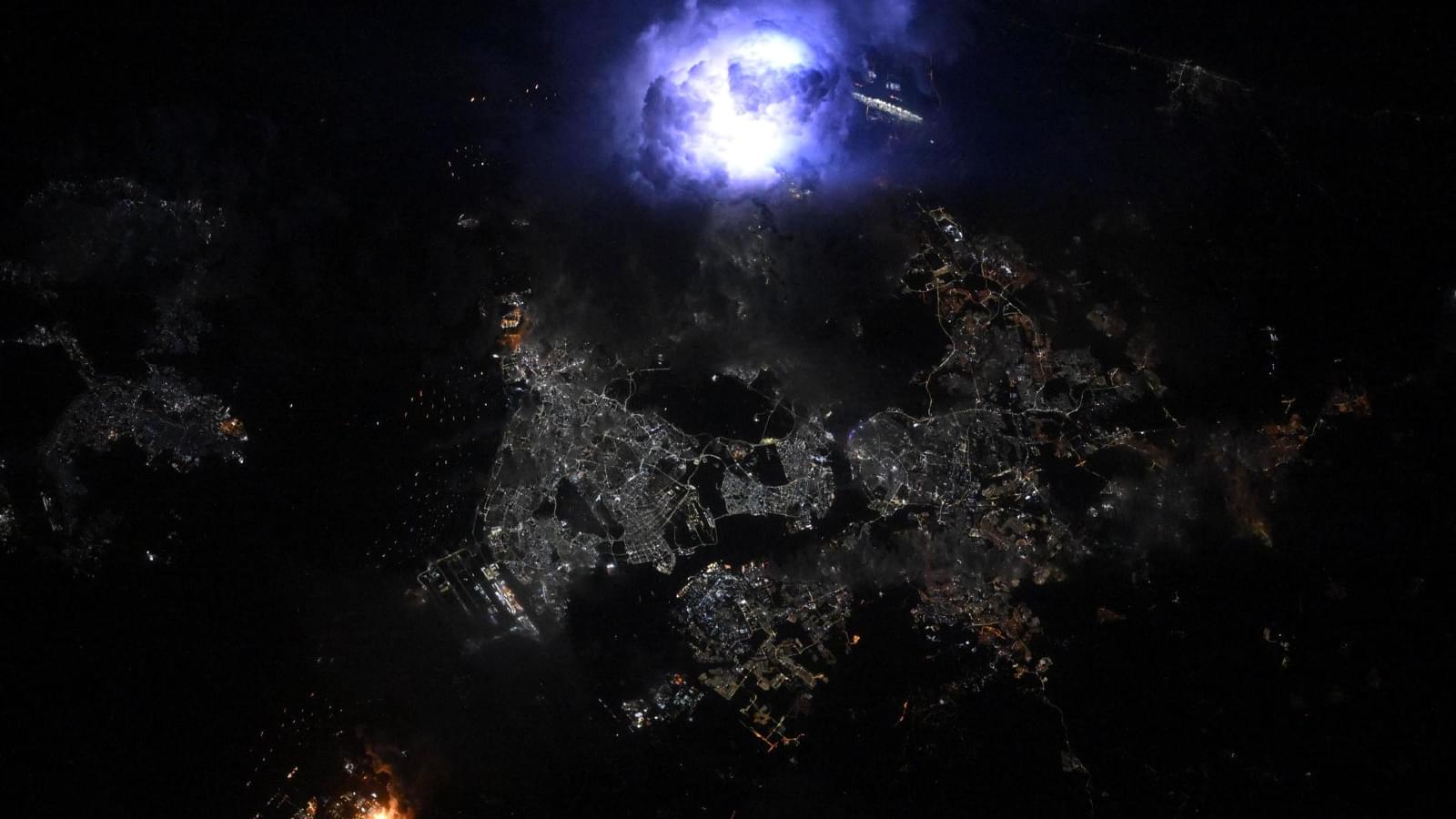
Is Chief Executive Officer and Chairman of the Board of BioStem Technologies (https://biostemtechnologies.com/), a leading innovator focused on harnessing the natural properties of perinatal tissue in the development, manufacture, and commercialization of allografts for regenerative therapies.
Jason brings a wealth of experience in strategic operations planning and technical projects management from his rigorous technical background. His diverse expertise includes continuous process improvement, training and development programs, regulatory compliance and best practices implementation, and advanced problem solving.
Jason began his career as a technical engineer working for Adecco at SC Johnson in 2009, where he developed comprehensive maintenance plans to support manufacturing processes at scale. He then transitioned to manufacturing and quality engineering for major organizations, including ATI Ladish Forging, Nemak, and HUSCO International, where he spearheaded process design and implementation, solved complex supply-chain and manufacturing problems, and improved product sourcing and purchasing.
Jason’s philanthropic work with the Juvenile Diabetes Research Foundation sparked an interest in biotech, leading him to co-found Biostem Technologies in 2014. As CEO he has leveraged his expertise to optimize tissue sourcing, strategically build out a 6,000 square foot tissue processing facility that is fully compliant with FDA 210,211, 1,271, and AATB standards, and put together an expert team of professionals to support the company’s continued growth.
Jason holds a B.S. in Mechanical Engineering Technology and a minor in Mathematics from the Milwaukee School of Engineering and is Six Sigma Black Belt certified. He also serves as a Processing and Distribution Council Member for the American Association of Tissue Banks (AATB), as well as serves as a member of the Government Affairs committee for BioFlorida.
#JasonMatuszewski #BioStemTechnologies #PerinatalTissue #RegenerativeTherapies #ChronicWounds #DiabeticFootUlcers #VenousUlcers #PressureUlcers #AmnioticTissue #TissueAllografts #ExtracellularMatrix #ECM #GrowthFactors #Cytokines #Collagen #ProgressPotentialAndPossibilities #IraPastor #Podcast #Podcaster #ViralPodcast #STEM #Innovation #Technology #Science #Research
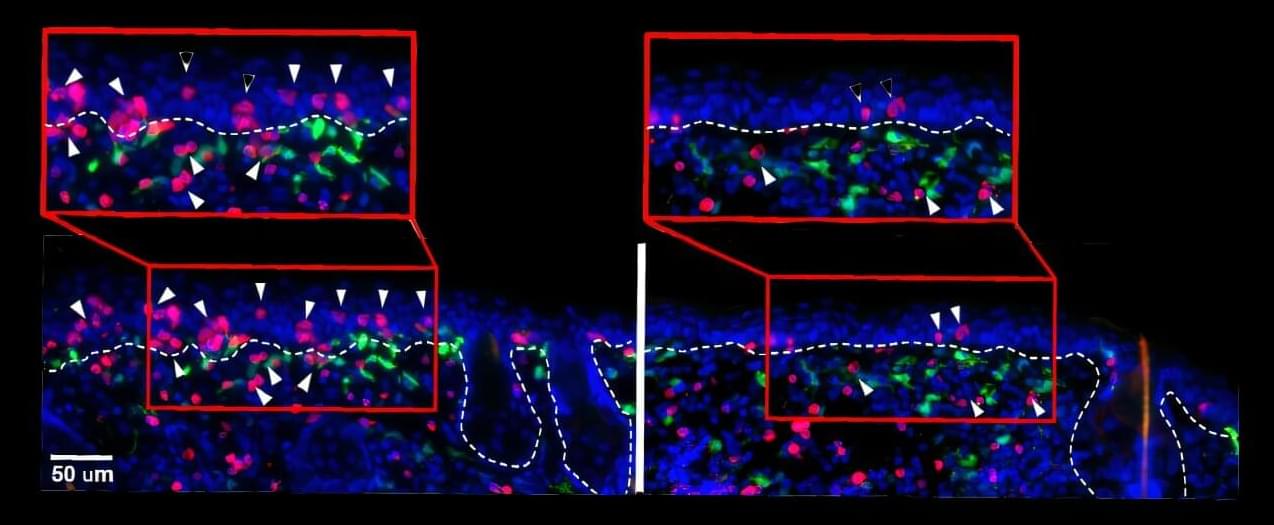
Weill Cornell Medicine researchers have discovered that PD-1—a molecule best known for putting the brakes on immune cells—also plays a critical role in helping T cells become long-term immune defenders in the skin. Early during infection, PD-1 acts like a steering wheel, guiding T cells to become protective resident memory T cells (TRM) that stay in place. These cells remember invading germs or cancer and quickly mount a response if that enemy reappears.
The preclinical findings, published July 29 in Nature Immunology, may impact how clinicians approach cancer treatments called immune checkpoint inhibitors. These drugs bind to PD-1 on the surface of T cells, releasing the brakes and unleashing the immune system to attack cancer cells.
Though immune checkpoint inhibitors are successful in treating melanoma, an aggressive skin cancer, about 40% of patients develop inflammatory rashes and itching in the skin or reactions in other epithelial tissues that cover internal and external surfaces of the body.
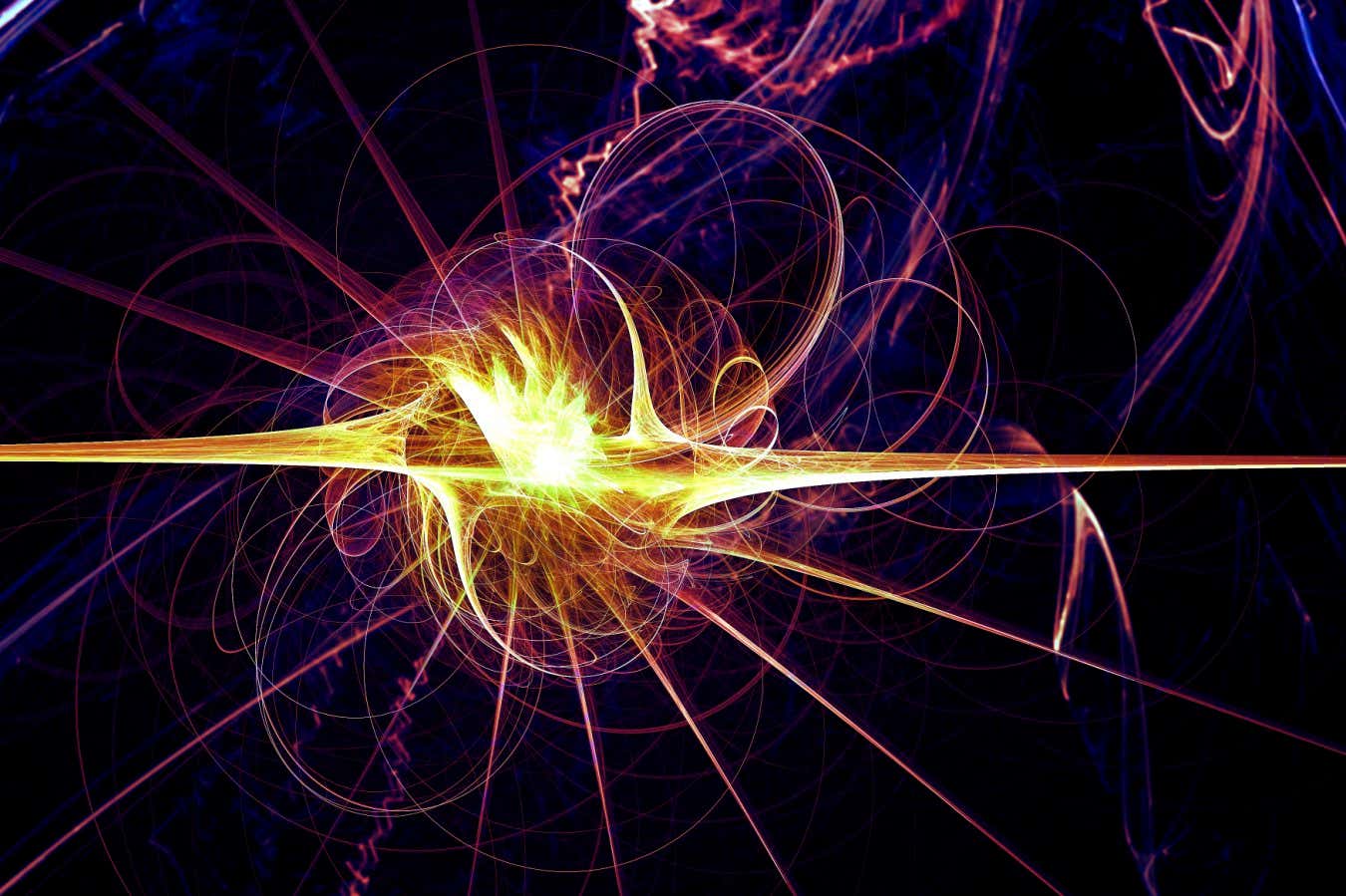
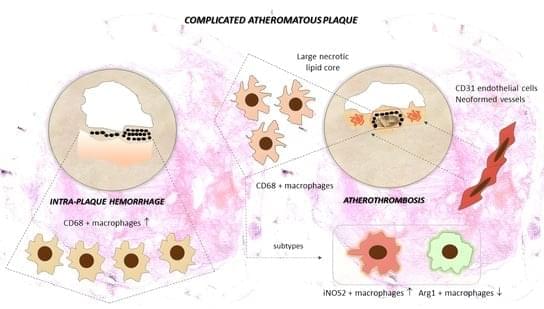
Background: Atherosclerosis is a progressive disease that results from endothelial dysfunction, inflammatory arterial wall disorder and the formation of the atheromatous plaque. This results in carotid artery stenosis and is responsible for atherothrombotic stroke and ischemic injury. Low-grade plaque inflammation determines biological stability and lesion progression. Methods: Sixty-seven cases with active perilesional inflammatory cell infiltrate were selected from a larger cohort of patients undergoing carotid endarterectomy. CD68+, iNOS2+ and Arg1+ macrophages and CD31+ endothelial cells were quantified around the atheroma lipid core using digital morphometry, and expression levels were correlated with determinants of instability: ulceration, thrombosis, plaque hemorrhage, calcification patterns and neovessel formation.
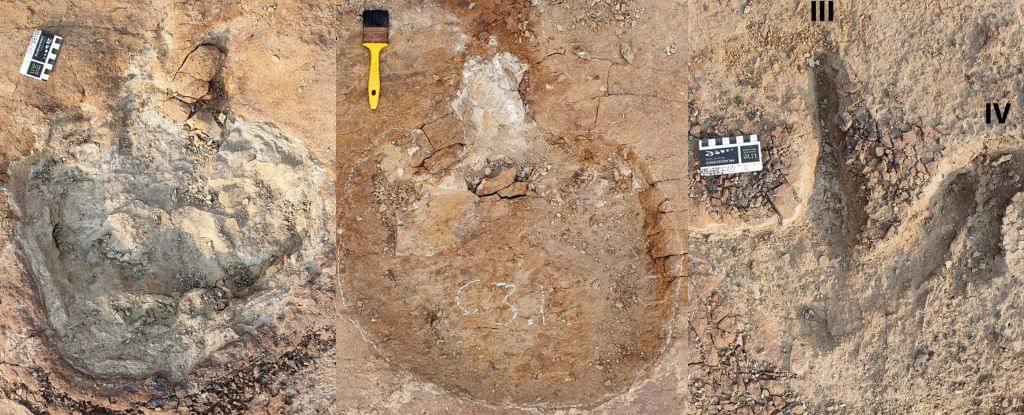
Roughly 76 million years ago, a herd of herbivorous dinosaurs left a trail of footprints that reveals different species may have walked together – and been stalked together, too.
An international team of paleontologists discovered the trackways preserved in ironstone at Canada’s Dinosaur Provincial Park. This area is known for its remarkable fossil specimens, but these are the first good set of tracks found in the area.
They reveal something fascinating: tracks from at least five ceratopsian dinosaurs appear alongside those of an ankylosaurid, meaning this could be the first evidence of multi-species herding among dinosaurs.